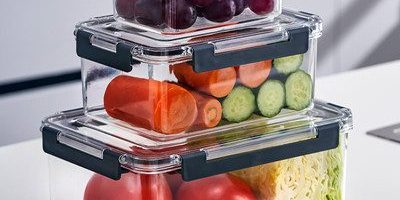Plastic food boxes have become an essential tool in modern food storage and preservation solutions. These versatile containers offer a multitude of benefits for both residential and commercial applications. In this comprehensive guide, we will explore the various aspects of plastic food boxes, from their advantages to tips on selecting the ideal boxes for different types of food.
Advantages of Plastic Food Boxes: Plastic food boxes come with several key advantages. They are lightweight, durable, and resistant to moisture and odors. Their airtight seals help to keep food fresh and prevent contamination. The transparent nature of many plastic food boxes allows you to quickly identify the contents without having to open each box.
Choosing the Right Plastic Food Box: Selecting the appropriate plastic food box depends on the type of food you intend to store. Opt for boxes with compartments or dividers for separating different types of food items, such as fruits, vegetables, and proteins. For liquids or soups, choose leak-proof containers with secure lids. It’s important to ensure that the plastic used in the box is food-safe and BPA-free.
Storage Tips: To maximize the benefits of plastic food boxes, follow proper storage practices. Label each box with the date of storage to track freshness. Store perishable items in the refrigerator at the appropriate temperature. When reheating food, make sure the plastic food box is microwave-safe, or transfer the food to a microwave-safe dish.
Reducing Food Waste: Plastic food boxes play a role in reducing food waste by extending the shelf life of leftovers and perishable items. Properly storing and preserving food in plastic containers can help households and businesses minimize food wastage, leading to both economic and environmental benefits.
In conclusion, plastic food boxes offer a versatile and efficient solution for storing and preserving food. By understanding their advantages, choosing the right boxes, and following proper storage practices, you can make the most of these essential tools for food management.

























